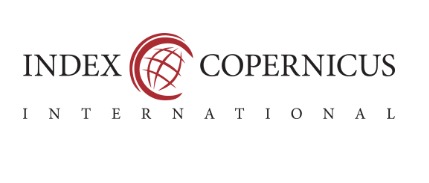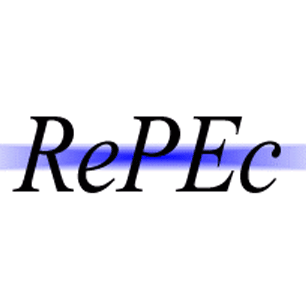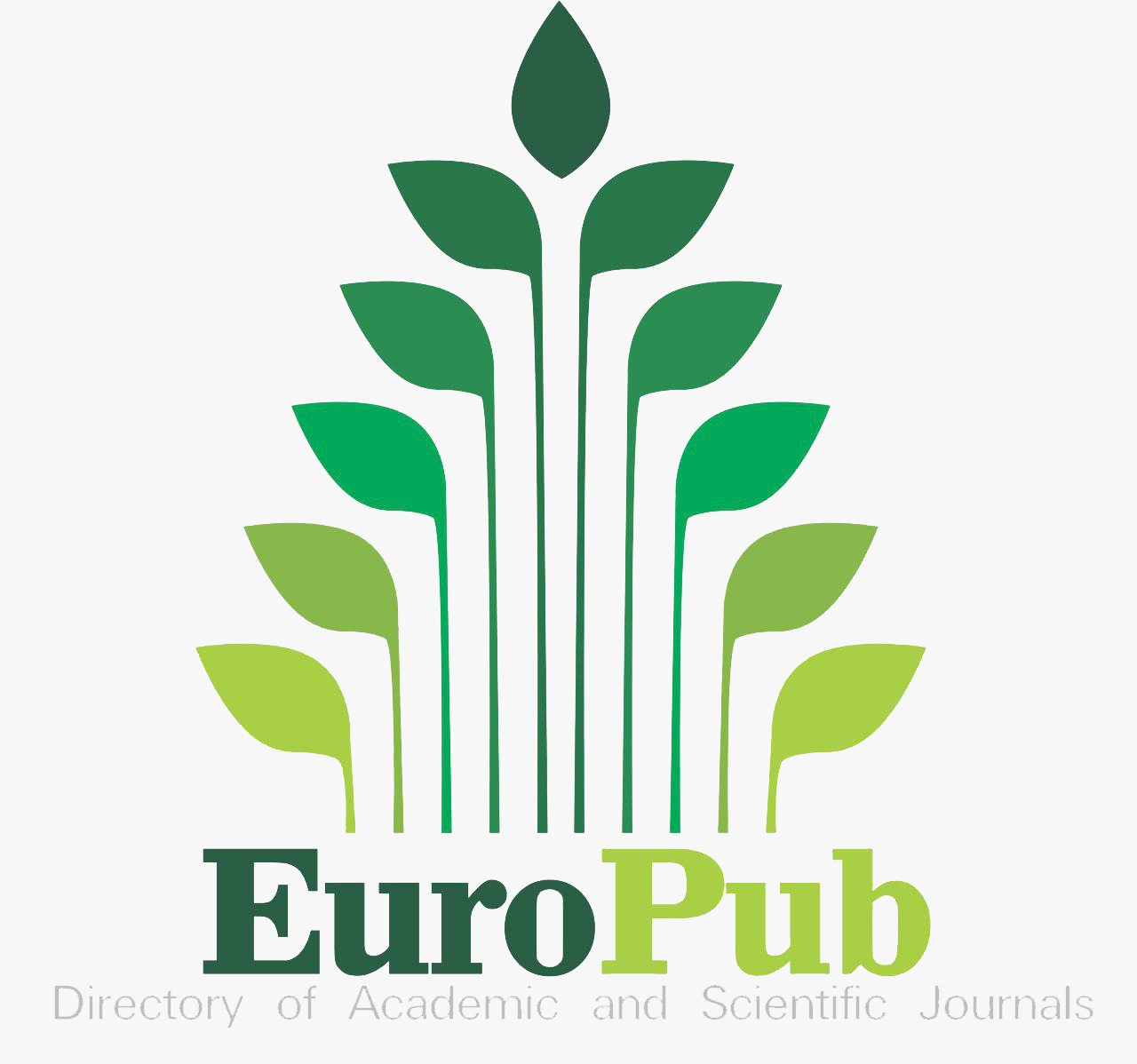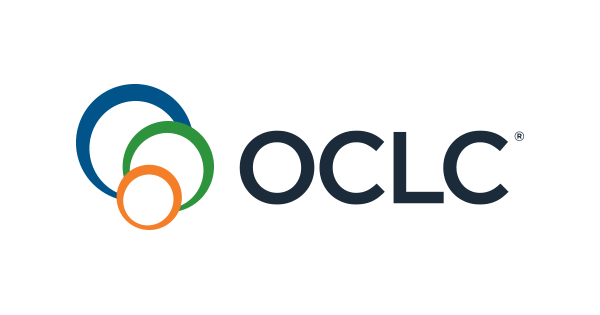Implementation of Structuralism Approach in Nahwu Learning with Bandongan Method in Indonesia
Abstract
Aim: This research aims to describe the application of structuralism in learning Nahwu using the Bandongan method at Nurul Huda Mergosono Junior High School.
Methodology: This research uses a post-positivist model with a quasi-qualitative approach. The primary data source in this research is the observations of students at Nurul Huda Mergosono Junior High School, while the secondary data source is from journals and books related to this research. The data collection techniques used are observation, interviews, and documentation. Meanwhile, the data analysis techniques are data reduction, data collection, and data presentation.
Findings: The conclusion of this research is to discover 5 steps in the application of structuralism in learning Nahwu using the Bandongan method at Nurul Huda Mergosono Junior High School, which are: 1) Selecting classical texts of Bandongan method with a structural focus, 2) Linking each rule to the linguistic structure, 3) Using structural tables and charts, 4) Structural deductive approach, and 5) Cooperative learning using Bandongan method.
References
Abdullah, U., Yunus, B. M., Musthafa, I., & Syafe’i, I. (2022). Curriculum development to improve arabic language skill in the institute of umul qro al-islam (iuqi), bogor and the islamic religious institute of sahid (inais) bogor. International Journal Of Humanities Education and Social Sciences, 1(5).
Abdurrodjak, M., Mud’is, M., Qodim, H., Khaerani, I., Rosidin, U., & Busro, B. (2019). Sound matching on the translation of al-quran ayat as a learning media for children using mobile-based fast fourier transform and divide conquer algorithm. In Journal of physics: Conference series (Vol. 1402, p. 077060).
Ainin, M., Ahsanuddin, M., Asrori, I., & Ibrahim, F. M. A. (2019). Designing Online-Based Independent Learning Network for the Development of Arabic Language Research Methodology (ALRM) at State University of Malang, Indonesia. Journal of Education and E-Learning Research, 7(1), 7-14.
Al Anshory, A. M., & Falaqi, M. R. (2023). Arabic calligraphy education programs at ibn al-bawwab calligraphy institute in madiun, Indonesia. Journal of Calligraphy, 3(2), 15-23.
Albab, U. D. (2022). Akademika,, 16(2), 19–30.
Arief, A. (2002). Pengantar ilmu dan metodologi pendidikan islam. Ciputat Pers.
Aziz, F. A. N. (2022). Pengaruh pemahaman ilmu nahwu dan metode bandongan terhadap kemampuan membaca kitab kuning di pondok pesantren ali muttaqin tahun ajaran 2020/2021. Unpublished doctoral dissertation, IAIN Ponorogo.
Azzahra, I. (2023). Kaitan linguistik struktural dengan pembelajaran bahasa Indonesia. Pustaka Salamah Azzahra, 3(28), 1-11.
Brosh, H. Y. (2019). Arabic language-learning strategy preferences among undergraduate students. Studies in Second Language Learning and Teaching, 9(2), 351-377.
Creswell, J. W., & Poth, C. N. (2016). Qualitative inquiry and research design: Choosing among five approaches. Sage publications.
Falaqi, M. R., & Al Anshory, A. M. (2022). Development of arabic calligraphy learning material base on self-learning. Ijaz Arabi Journal of Arabic Learning, 5(1).
Falaqi, R. (2020). Educational evaluation: Specifications of a good test. TSAQOFIYA: Jurnal Pendidikan Bahasa dan Sastra Arab, 2(2), 160-175.
Fauziah, I. (2020). Antara bahasa arab, nahwu dan sharaf. Adminfitk.
Fidayani, E. F., & Ammar, F. M. (2023). The use of azhari curriculum in arabic language learning at islamic boarding school. Nazhruna: Jurnal Pendidikan Islam, 6(1), 25-45.
Habibi, N., & Basid, A. (n.d.). Eskalasi dan degradasi motivasi belajar nahwu mahasiswa uin maulana malik ibrahim malang jurusan bahasa dan sastra arab angkatan 2016.
Hermawan, A. (2013). Metodologi pembelajaran bahasa arab.
Kusumawardani, E. S., Fahmi, A. K., & Zaini, M. A. (2022). Implementasi metode lalaran nadzhom dalam pembelajaran ilmu nahwu di pondok pesantren al-barkah al-islamiyah tangerang selatan: Implementation of lalaran nadzhom method in nahwu science learning in al-barkah al-islamiyah islamic boarding school south tangerang. Muhibbul Arabiyah: Jurnal Pendidikan Bahasa Arab, 2(2), 103-114.
Latifah. (2022). Perbedaan linguistik tradisional , strukturalis dan transformasional. course learning system ikip siliwangi.
Munir, M. (2018). Pendekatan struktural dalam pelajaran bahasa arab. Shaut Al Arabiyyah, 6(1), 13-24.
Nashoih, A. K. (2018). Konsep aliran strukturalisme dalam gramatika bahasa arab. Al-Lahjah: Jurnal Pendidikan, Bahasa Arab, dan Kajian Linguistik Arab, 1(2), 57-71.
Rahardjo, M. (2011). Metode pengumpulan data penelitian kualitatif. gema. Retrieved from https://shorturl.at/QctnA
Riswanto, R. Z. P. (n.d.). Pike’s tagmemic analysis: A comparison of indonesian and english sentence structure in the video while writing anti-islam book, he became muslim!-the story of joram van klaveren.
Rosyidi, A. W., & Ni’mah, M. (2011). Memahami konsep dasar pembelajaran bahasa arab. UIN-Maliki Press.
Supriyono, Y., Saputra, Y., & Dewi, N. S. N. (2020). English immersion program in efl setting: A modified model, implementation, and effectiveness. JEELS (Journal of English Education and Linguistics Studies), 7(1), 137-160.
Ubaidillah. (). teori-teori linguistik. prodi sastra inggris uin sunan kalijaga. (2021).
Versteegh, K. (2018). Learning arabic in the islamic world. The foundations of Arabic linguistics, 245-267.
Wahyuni, S. (2022). Implementasi metode bandongan dalam memudahkan santri memahami kitab fathul qarib di pondok pesantren islam nyai zainab shiddiq jember. Skripsi. Jember: Fakultas Tarbiyah dan Ilmu Keguruan UIN Kiai Haji Achmad Siddiq.
Zuhri, S., & Al Farisi, F. (2022). The implementation of the bandongan method in the study of fiqh books at the riyadhul awamil boarding school. Journal of Educational Administration, 10(2).

This work is licensed under a Creative Commons Attribution-NonCommercial 4.0 International License.



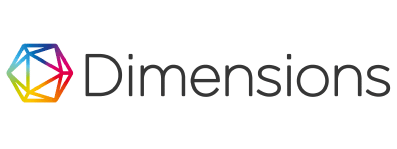


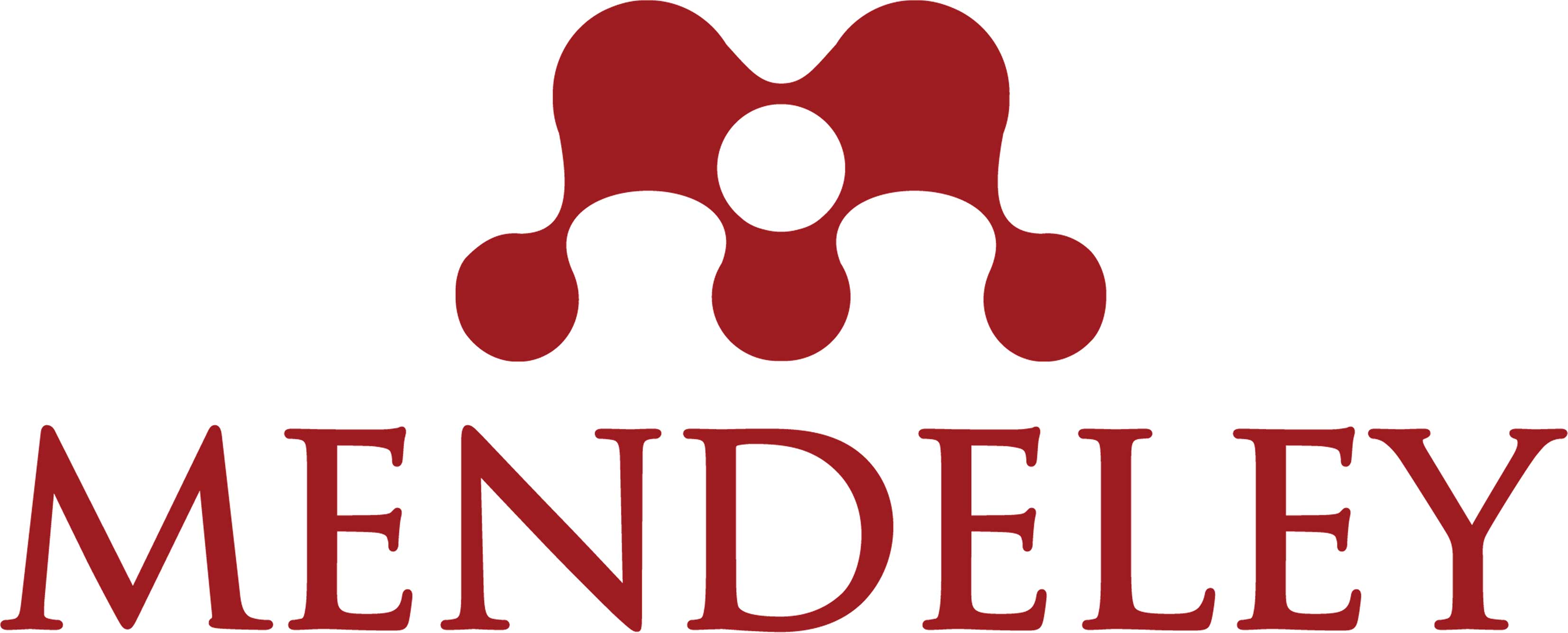
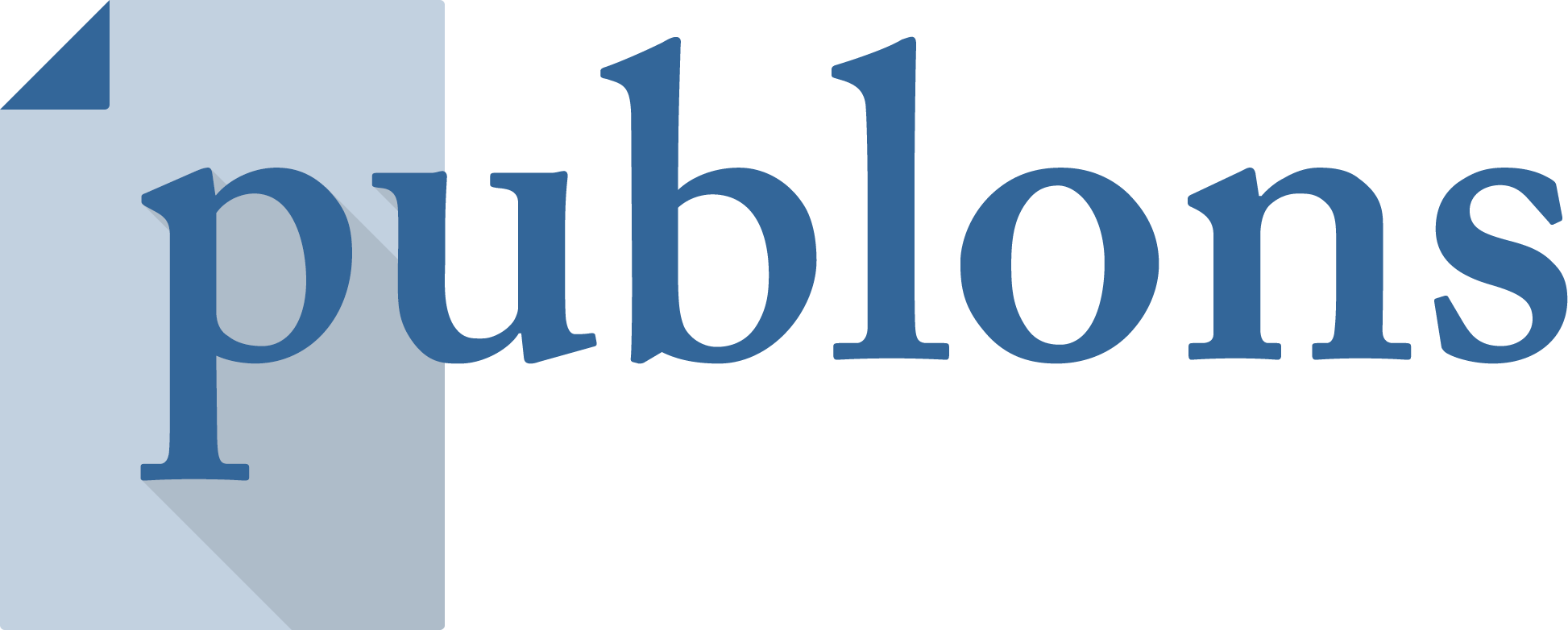


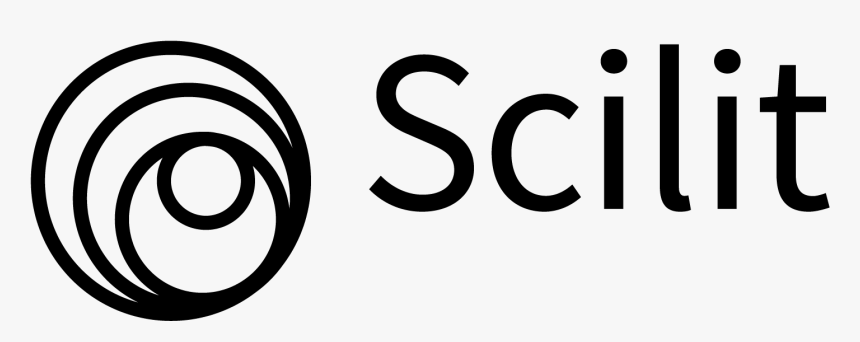
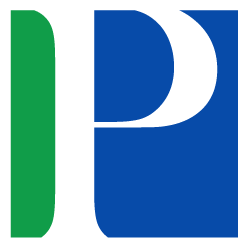
.png)
